To choose the best home juicer you need to clearly understand what you and your household need from it. After all, an ideal device for all does not exist, and each model has its own advantages and weaknesses. In this article you will find a step-by-step guide for choosing a home juicer and a selection of video reviews.
Step 1. Determine the type of juicer
Type 1. Centrifugal (universal)
This is the most common type of juicer. Fruits in it are first crushed by the grater, then they fall into the separator, where the juice separates from the pulp under the action of centrifugal force.
Pros:
- Squeezes out juice from almost all fruits, vegetables and berries (with the exception of fruits with small bones). Especially good for soft fruits and vegetables (for example, tomatoes or peaches).
- You can insert small fruits whole (eg, apples, pears, etc.) into the cylinder hatch, which saves a lot of time.
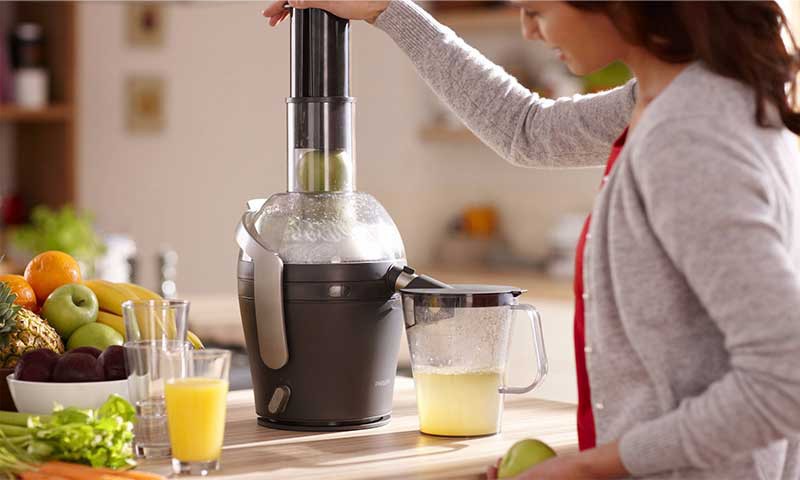
The universal centrifugal juicer is a workhorse that allows you to prepare juice quickly and not waste time on cutting fruits. Just throw an apple in the neck, press it with the pusher and turn on the machine
- Juice is squeezed out very quickly - 2-4 times faster in comparison with auger juicer.
- The juice from the centrifugal juicer is more liquid and homogeneous, without pulp (however, on the other hand, it can be called a minus, because the juice with pulp is more useful).
- The machine is easy to clean, even without using a special brush.
- In this category, the largest selection of devices for any budget.
- The cost of centrifugal juicers is lower than on screw. The price varies from 1000 to 12000 rubles.
Minuses:
- Due to the heating of the fruit at the stage of friction and the interaction of the pulp with air in the separator, the juice is oxidized and loses some of the useful properties. In addition, this juice can not be stored for a long time, you need to drink it immediately.
- Squeezes out juice less carefully than auger juice extractor and gives 10-40% less juice (depending on the type of fruit / vegetables).
- Gives more foam in comparison with auger model.
- Only expensive models of juicers can squeeze the juice from herbs, and even those that do not do it the best way, and from wheatgrass they cannot do it at all.
- It works noisy. The noise is about the same as from a blender, combine, or coffee grinder.
- Centrifugal models are usually quite high and require a lot of space.
In which cases it is recommended: If you have a priority in getting the juice, say, you like to drink it for breakfast, you have a big family, or you are looking for a juicer for a whole team, then the centrifugal juicer is the best choice. It can also be recommended to lovers of juices from juicy and soft fruits and vegetables, for example, tomatoes.
You can learn tips on choosing the best centrifugal type juicer in this video.
Type 2. Screw (other names: "cone", "cold-pressed juicer")
Auger juice extractors are also universal, but they work according to a different principle: they squeeze the juice out of the fruits at the expense of the press under high pressure, rather than abrasion. The main component of the device is a tapered spiral auger operating at low revs. Outwardly and according to the principle of operation, the screw juice extractor resembles a meat grinder.
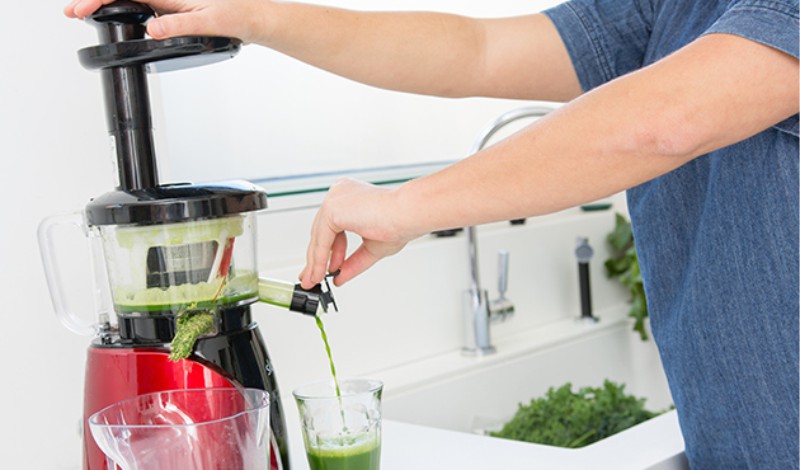
Pros:
- Keeps a maximum of useful properties of fruits as they are not oxidized in the course of preparation.
- For the same reason, the screw juice extractor allows you to make blanks and keep the juice in the refrigerator for 48 hours without losing its nutritional value. The ability to store juice in some sense compensates for the slowness of the device, because you can prepare drinks in advance.
- Spin more thorough, and therefore it gives more juice.
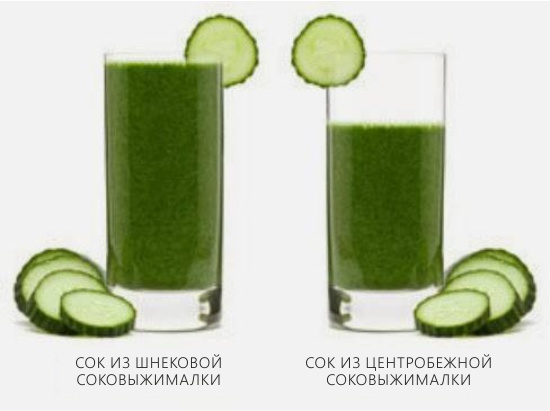
The screw juice extractor is more expensive than the universal one, but it squeezes 10-40% more juice (depending on the juiciness of the fruit / vegetables)
- Squeezes juice from almost everything, even from cabbage, seeds, nuts and herbs.
- It works quietly.
- Juice is obtained with a smaller amount of foam (1.5-2 times compared with the juice from a centrifugal machine).
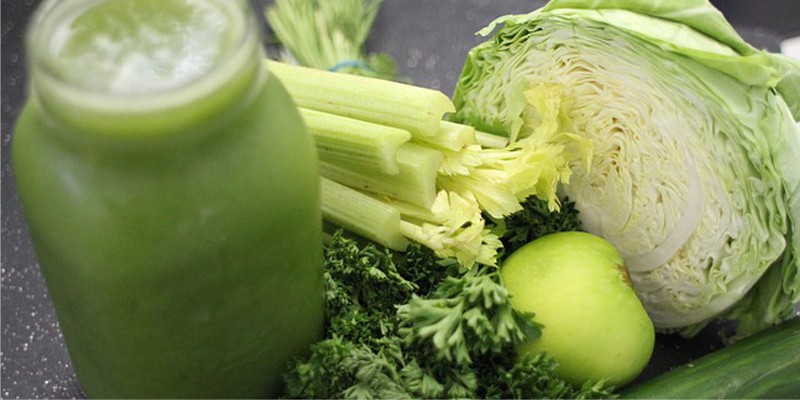
Only a screw juicer is able to squeeze juice from cabbage and herbs.
Minuses:
- It is more expensive (from 12 thousand rubles).
- The selection of devices in this category is small.
- The throat of auger juicers is smaller, so most fruits and vegetables need to be pre-cut, which complicates and slows the cooking process.
- The juice is thicker due to the presence of pulp. On the other hand, it can be said that the use of pulp compensates for the heterogeneity of the drink.
- Although the auger machine squeezes out juice from soft vegetables and fruits, it turns out to be more like mashed potatoes or baby food. However, if you have small children, then this is a great advantage.
In which cases it is recommended: The screw juice extractor is an ideal choice for gourmets, vegetarians, raw food eaters, families with small children, patients who need dietary / liquid food and just people who care about their health. In addition, augers are recommended for those who like juices from solid vegetables and fruits (apples, carrots, beets, etc.).
If you are interested in auger juice extractor, we suggest you to watch a video review and comparison of 4 models of auger machines of the average price category.
And in this video, a comparison of auger and centrifugal juicer is presented in detail and clearly.
Type 3. Citrus (citrus press)
The machine is specifically designed for squeezing citrus juice. The design of electric citrus juicers is very simple and consists of: an engine, a tank for collecting juice and a cone-shaped nozzle, which, rotating at low speed, squeezes the juice out of the fruit.
Pros:
- Does not require peeling of fruit, you just need to wash them and cut them into halves (across slices). In juicers of other types, squeezing the juice out of citruses is also possible, but for this you have to clean them beforehand.
- You can squeeze pomegranate juice in it. You can also get juice from pomegranates in a screw juicer, but first you need to extract its grains, which is not very convenient.
- Compact.
- It is inexpensive (the price of electric citrus presses is 1200-3000 rubles, although there are also expensive models for 19-30 thousand rubles).
- Easy to use.
- It works fast.
- Very easy to clean.
- No noise, so you can even make juices in the early morning, when all the household are still asleep.
- Many models of citrus machines allow you to adjust the amount of pulp in the finished juice.
Minuses:
- Not suitable for pressing any fruit other than citruses and pomegranates.
In which cases it is recommended: If apart from orange / pomegranate juice you don’t need anything more, then a citrus juicer is your choice. And citrus presses will be very useful for those who like to organize parties. With this device, guests will be able to independently squeeze the juice for their cocktails, without peeling oranges. In this case, the work of the press will not interrupt conversations, and muffle the music.
If you want to buy a citrus juicer, we suggest you to look at a comparative video review of three different models.
See also the material: 12 tips on choosing a bread machine for home.
Step 2. The size and volume of containers
Decided on the type of juicer? Now let's think about the volume of juice and pulp tanks you need. Citrus and centrifugal machines most often have built-in containers for collecting pulp, and screw-type machines are separate (sold in the kit).
- For a couple of people, the volume of the capacity for collecting juice 300-600 ml (this is 1-2 cups) will be sufficient, the volume of the capacity for collecting the pulp - 1.5-1.6 l.
- For a large family, a tank with a volume of 1.5-2 liters is needed for making juice at a time; the capacity of a container for collecting pulp is 2.6-3 liters.
Also, choosing a suitable model, pay attention to the size of the loading neck. The wider it is, the larger fruits and vegetables you can immerse in it without cutting.
- The average size of the loading neck is 75 mm. An apple of up to 73 mm in diameter will fit into such a hatch, and larger fruits will have to be cut. The widest mouth of the juicer can have a diameter of 84–85 mm.
Step 3. Power and speeds
The higher the power of the machine, the faster and better the juice it gives.
- For centrifugal machines, an optimum power of 250-300 W and a separator rotational speed of 10,000-12,000 revolutions / min. There is little point in acquiring a device with high rates (up to 23,000 rpm / min.), Since this has practically no effect on the performance and quality of the juice. By the way, some juicers have up to 9 speeds, although in reality, the average lover of fresh juices will have 2-3 or so modes: a low speed mode is suitable for soft fruits, and a high speed mode is for solid ones. Keep in mind that some centrifugal devices may have only 1 mode, but they are not suitable for making juices from soft fruits / vegetables.

Speed Controller
- Auger juicers can have a power of 200-400 watts.
- Citrus machines have a very small power of 20-40 watts. In fact, in the selection of citrus presses, power is not so important, and a machine with a power of only 25 W will do an excellent job.
See also the material: Mixer Guide
Step 4. Body and parts materials
The body of any juicer can be made of plastic and / or aluminum or stainless steel. Metal cases are much more beautiful and more reliable than plastic ones, but more expensive and heavier. Plastic also significantly reduces the cost of the device, makes it easier and easier to care for him, and with careful handling, he, too, can serve for many years.
- Keep in mind that there are fingerprints on polished stainless steel and glossy black plastic.
Centrifugal juicer centrifuge material is always made of stainless steel. But citrus and screw juicers can have plastic filter parts, because due to low rotational speeds, the loads on them are insignificant.
Step 5. Advanced options
It is advisable that your future juicer has the following additional options:
- Drop-stop function (on machines with direct juice supply).
- A glass or jug for the finished juice and lid-foam separator. Well, if the capacity for juice will be dimensional.
- Feet-suckers or at least simple rubberized feet for the stability of the device (especially important for centrifugal juicers).
- The ability to wash removable parts in the dishwasher.
- The ability to remove the cord in a special compartment at the base of the device. Also make sure that the model you chose is long enough or not too short.
- Brush for cleaning the sieve cells.
- Multivark selection guide
- How to choose the perfect coffee machine
- 6 factors you need to know before buying a microwave
- How to choose a dishwasher - getting ready to buy
- Guide to the choice of blender submersible and stationary type
- Dishwasher installation and connection rules
- 10 criteria for choosing a refrigerator that you need to know before you buy

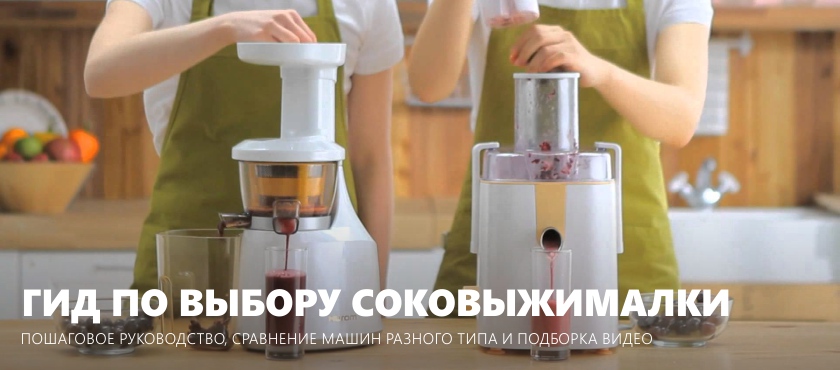
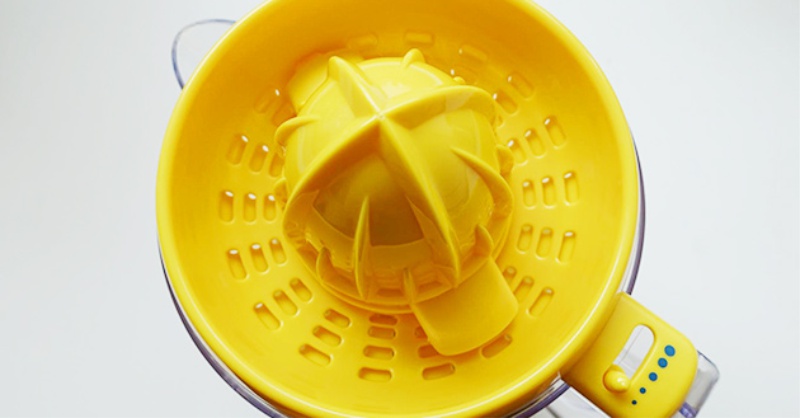
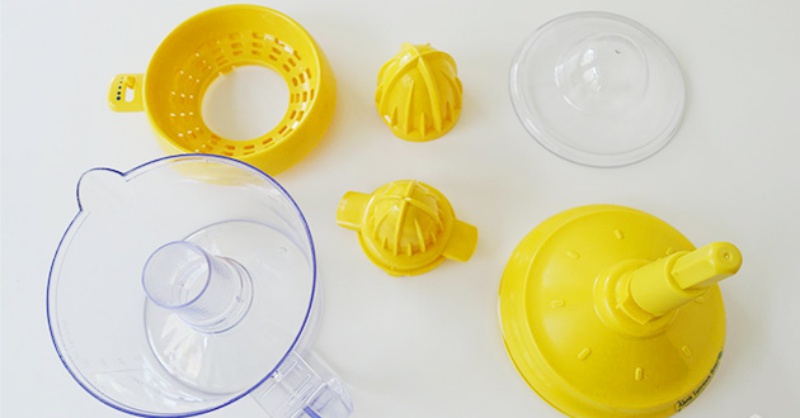
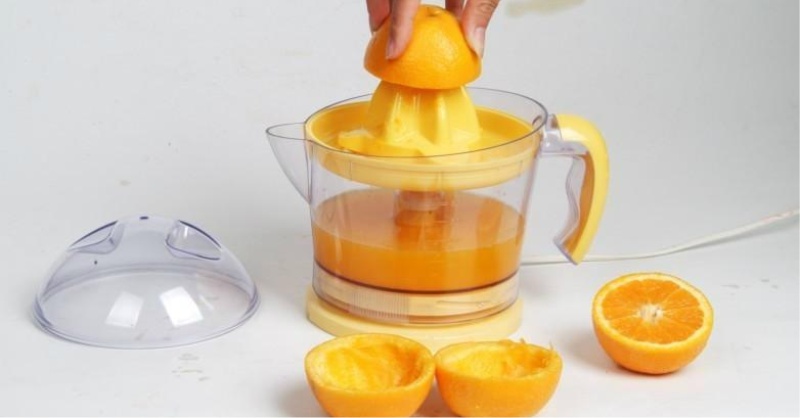

 (Rate the material! Already voted:22 average rating: 4,55 from 5)
(Rate the material! Already voted:22 average rating: 4,55 from 5)
25% discount on promo promo on the Polaris website in August-September, you can choose a juicer / dryer for vegetables / steamer